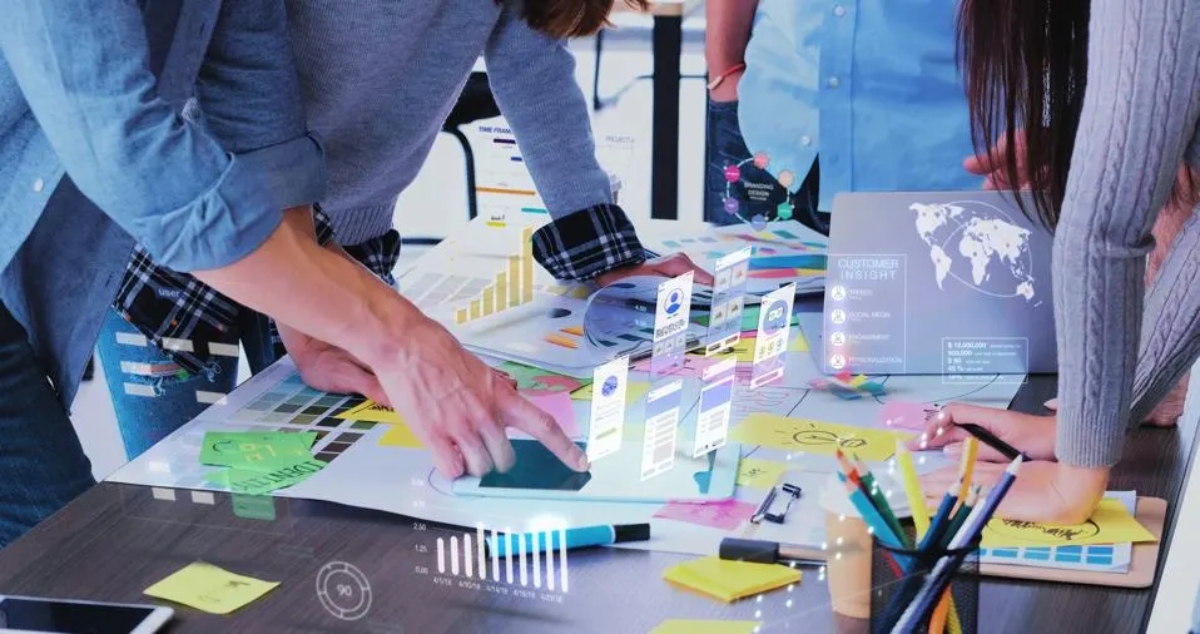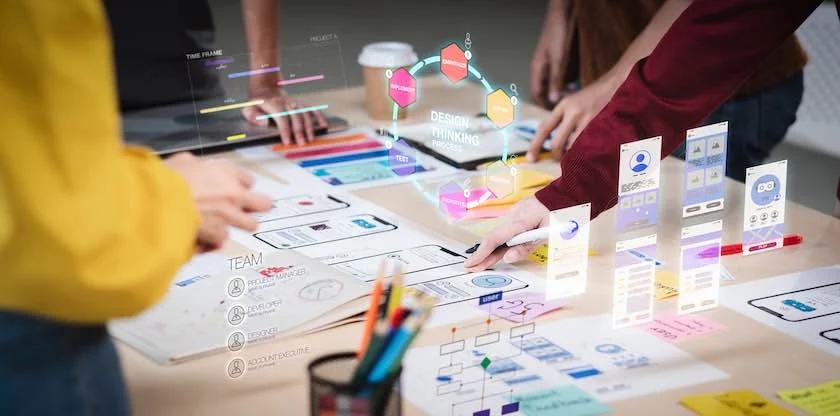Designing Technology for its Users, Not for the Convenience of its Designers
Designing Technology for its Users, Not for the Convenience of its Designers

There’s a disease prevalent amongst software and app designers that seems to be spreading like wildfire.
It’s the assumption that the designer of the software knows best what its users all want to achieve, often without carefully researching and polling the potential answers.
Everyone’s brains and interpretations of software user experience (UX) are different. Some people are ‘visual’ responders, who react well to icons, illustrations, sounds and moving pictures. Some people are ‘textual’ – in effect they read instructions carefully, and don’t need infographics unless the use of them is sparse and irregular. It’s really all about how well people cope with the ability to change.
Unfortunately, never the twain shall meet; so up until now, there has always been a compromise between designing UX that ‘flows’ visually, whilst ensuring that there are sufficient written tooltips and pop-ups to satisfy those of a more lexical leaning.
But as we just said – up until now.
The good news is, according to a source at an internationally renowned digital adoption think-tank, by using a platform known as a DAP (Digital Adoption Platform) different people can be helped in various ways, each according to their particular needs.
DAPs use artificial intelligence (AI) to hyper-personalize the way in which people can become accustomed to technology changes. Consequently, the benefits are starting to revolutionize the way we learn to adapt to new ways of living and working. First, let’s look at some of the reasons why people often struggle to cope with accelerating digital adoption.
The Complex Generation Game
One of the major differentiators between whether one is a ‘visual’ or ‘lexical’ learner is often down to a person’s age. Gen Z, and those born after the invention of the internet and widespread computer use are most likely to be responsive to images and icons to understand the world around them; in particular, how to use software.
But people now in their late 40s and beyond, those born before, say, 1980, often encounter difficulties with new tech. The mid 1990s was the time when computers first started to become more commonplace in the home and office. Assuming you were born in 1980 and your first job or University attendance was at 18 years old, by 1998, computers were appearing everywhere, at work and at home.
Consequently, Millennials and Gen Z (respectively those born anytime between 1981 and around 2010) tend to be much more computer literate and accepting of new tech than Boomers. That ‘Baby Boomer’ generation is loosely defined as people born between 1946 and 1964.
To complicate things further, midway between ‘Boomers’ and ‘Millennials’ are ‘Generation X’ (which is also the name of a well-known British punk band formed in 1976 under Billy Idol, and really quite good…). Gen X’ers were born between about 1965 and 1980.
And here’s the real problem. There’s so much tech around nowadays that it’s very difficult to avoid it, try as hard as you might. Some people, from early Gen X to more senior Boomers, really struggle with having to use mobile devices for almost everything. Especially when a lot of this new stuff simply doesn’t work as it should.
For example, if you want to buy a train ticket, most of the time now it will be an app screen that you have to scan at a railway station platform barrier, rather than a credit-card sized comforting piece of cardboard that can be kept in one’s purse or wallet. And the batteries don’t go flat on paper tickets…
There is a school of thought, especially amongst Boomers, that many apps and updated devices only keep changing so rapidly in order to make more money for their designers; effectively to solve a non-problem.
There are also techies in large corporations who have blind faith that their tech is infallible, and if everyone else has a problem using it, it’s down to user incompetence as opposed to poor UX. A very amusing example of this was mooted by the UK’s BBC in an amusing YouTube clip. It sums up the tech designer vs user debate perfectly.
Then again, you have early adopters (probably most often Apple device owners) who relish the next new update or next iPhone version with open arms.
But these are just a few examples amongst thousands. Too much screen time, social media and reliance on tech is damaging some people’s mental health. Work / life balance is adversely affected by tech and there are those who say enough is enough. However, unless you want to live as a hermit in a Nepalese cave, you’re stuck with it.
One Age Fits All

So how can people of all ages and generations find a way of adapting to these changes in technology that are often forced upon us? As we face the consequences of an ever-aging population, and the need for seniors to work longer until retirement, AI adoption is a workplace issue that many HR departments will be forced to encounter.
Further above, we mentioned that our savior could be in the form of the DAP – the Digital Adoption Platform.
DAPs work by adding a ‘teaching layer’ of software that runs alongside the primary application that it’s designed for. Rather than the over-simplistic and often irritating automatic tooltips that pop up on software screens, DAPs only interject when they learn why and how a user is likely to make a mistake.
DAPs achieve this by using AI algorithms that predict if a person is going to make a common mistake. Or even a rare type of mistake that’s peculiar to an individual. DAPs will offer contextual help in the form of short walk-thru videos or exemplary tooltips. But crucially, once the individual learner has mastered a particular technique, the DAP stops interjecting and keeps monitoring to see where else the person can be assisted in the future.
In effect, because the DAP alters its output on a 1:1 individual account / user basis, it’s like having any software user have a friendly, helpful experienced expert assistant by their side. But in a perfect world, once the assistant’s job is done, it sits there silently until an error is made. Or immediately beforehand. In effect, a DAP is completely invisible until it’s needed. And it learns very quickly whether it’s needed or simply an irritating distraction.
This personalized assistance overrides age barriers because it obviates the need for long textual tooltips or too many infographics. People who pick things up quickly will find the DAP going silent before digital laggards. This can remove the fear and stigma of poor digital adoption by and towards Boomers and older generations.
Imagine if your TV remote control detected that you were trying to change the volume but instead altered the picture ratio. Once you had made the same mistake twice, the DAP could show an on-screenshot movie of the correct buttons to press; not using their symbols, but by drawing an imaginary flow-pattern superimposed on the image of the remote control in use. That would be especially useful for a senior who wants to pause a streamed TV program but can’t find their reading glasses!
In Summary
The increasing prevalence of DAPs may well mean an end to people’s fear and irritation at having to constantly learn about new tech. Sure, there will be die-hards left behind, who still want to use Windows 98 and flip phones. But for those who are scared of change but still keen to learn, DAPs will be a godsend.
Just ask your gran next year!
Trending
1 The Rise of Visual Search: Why It's More Important Nowadays
Daniel Hall2 How Are New Innovations Making Sports Safer and More Effective for Athletes?
Daniel Hall3 Software Development in Mechanical Engineering: Bridging the Gap Between Design and Reality
Fabrice Beaux4 Cybersecurity Trends 2025
Helen Yu5 adCAPTCHA Partners with Indie Ridge to Protect Global Brands from Bot Attacks
Fabrice Beaux

